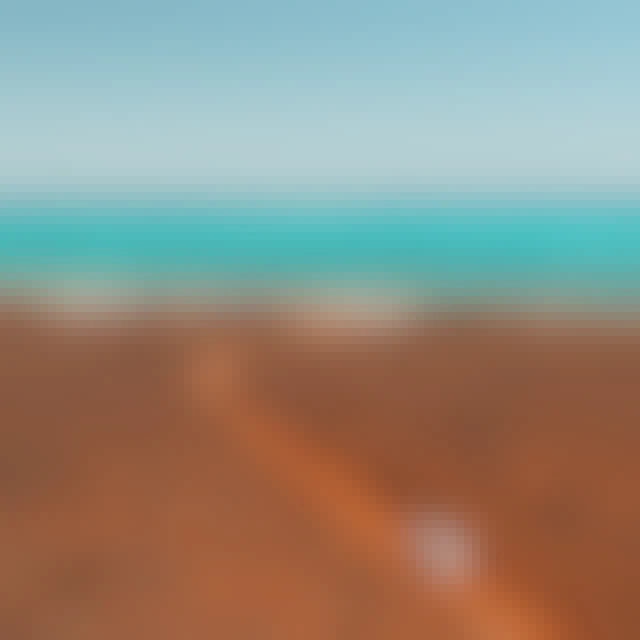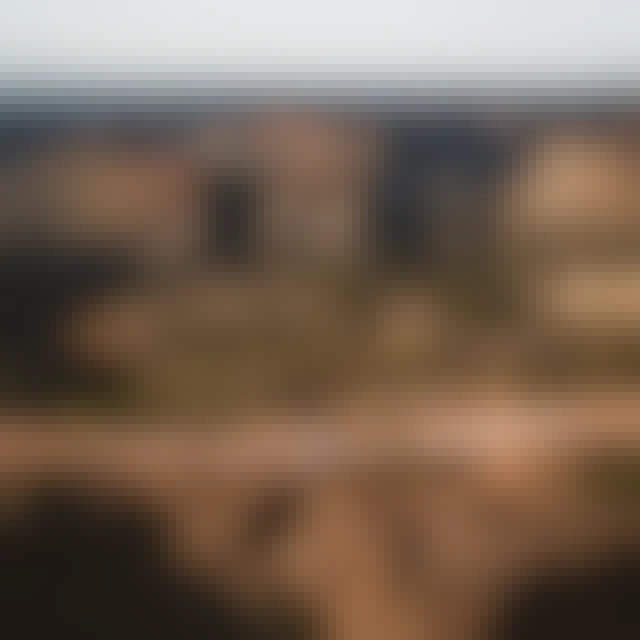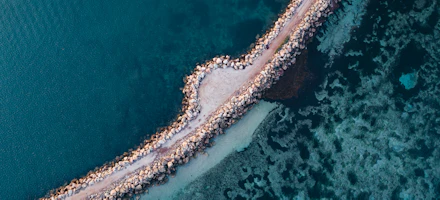
Cape Range Wildflower Trail
- Suggested Time: 1 - 2 days
- Cape Range National Park
Exmouth's Cape Range National Park is home to an abundance of incredible and rare flora.
The Cape Range National Park is a spectacular national park covering 50,581 hectares of stunning limestone ranges, deep rugged canyons and 50 kilometres of pristine beach. It harbours more than 100 species of land birds, native marsupials and around 630 species of flowering plants. The brilliant red sturt desert pea, which flowers in late winter, is a particularly popular flora species here. Also look out for mulla mullas, wattles, everlastings, native fuschias, fanflowers and dampiera within the park.
-
 1
1Day 1
Just south of Minilya, deep red sand dunes are home to spectacular shows of wildflowers. The riverbanks at Minilya offer the shade of river gums and coolibah. On the sand dunes, you'll find grevilleas and hakeas and banksias and wattles cap the ridges. The 11-kilometre side-trip to Coral Bay is well worth it to witness the unspoilt natural beauty…
Just south of Minilya, deep red sand dunes are home to spectacular shows of wildflowers. The riverbanks at Minilya offer the shade of river gums and coolibah. On the sand dunes, you'll find grevilleas and hakeas and banksias and wattles cap the ridges. The 11-kilometre side-trip to Coral Bay is well worth it to witness the unspoilt natural beauty of the pristine Ningaloo Marine Park. The flat plains area between Minilya and Lyndon River is good for spotting the shiny dark green leaves and white trumpet flowers of the Minilya lily.
Off Burkett Road, Bullara Station, makes an interesting overnight stop, with camping, farm-stay or accommodation in the old shearers' quarters.The areas fertile red soil relies on autumn rains to produce abundant colourful masses of wildflowers in spring.
The coastal plain of the Exmouth Gulf is a predominate wattle shrub land interspersed with occasional stands of mallee near dry creek beds. Bright red yulbah flowers are visible in summer and in winter there's the golden hue of spring wattles, often infused with purple mulla mulla.
-
 2
2Day 2
Travel along the Charles Knife Road and enjoy the steep climb between two deep canyons, boasting a sweeping view of the gorges and Exmouth Gulf. The return trip is 24 kilometre and the road is not suitable for caravans. A further 7 kilometres north, the 24-kilometre return trip along the Shothole Canyon Road winds through the base of the canyon…
Travel along the Charles Knife Road and enjoy the steep climb between two deep canyons, boasting a sweeping view of the gorges and Exmouth Gulf. The return trip is 24 kilometre and the road is not suitable for caravans.
A further 7 kilometres north, the 24-kilometre return trip along the Shothole Canyon Road winds through the base of the canyon and is one of the rare places on the Cape where larger trees are found.
Just before the Harold E.Holt Naval Base, a wonderful 4.7-kilometre walk and cycle track winds its way south through fragrant eucalypts. Following good winter rains, you can expect to see native Fuschias, Fanflowers and Dampiera north of the Naval Base.
Enjoy striking views of distant red sand dunes parallel to the Cape Range. In well-drained positions, you'll find the beautiful Ashby's banksia that is rich in nectar. Visit the newly renovated Vlamingh Head Lighthouse at the spectacular North West Cape and journey south for a further on this coastal road.
Key tips and reccomendations
You'll find particularly scenic wildflower viewing areas at Mandu Mandu Gorge, Shothole Canyon, Charles Knife Canyon and Yardie Creek Gorge.
Look out for a shrubland of Cape Range kurrajongs just inside the Park. The Milyering Visitors Centre houses a library with great local flora and fauna reference resources. The white Minilya Lily may be seen in the Pilgramunna area after good rains, while coastal dunes are dotted with daisies, Portulaca and the purple Lotus Australis. Marvel at the many ficus precariously rooted on the sheer rock faces of the gorge at Yardie Creek.
A scenic boat tour of Yardie Creek is worthwhile.
































